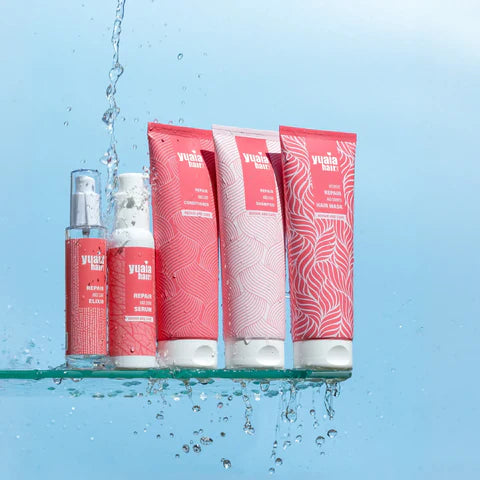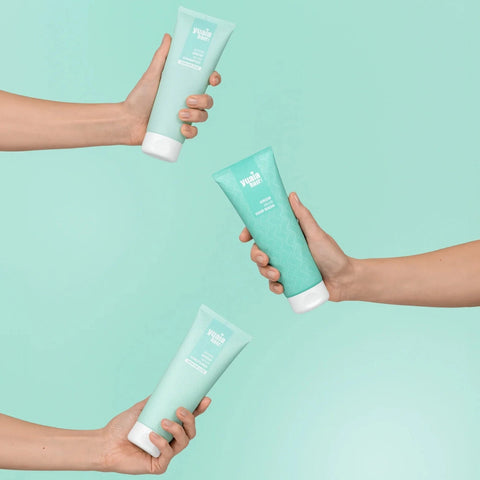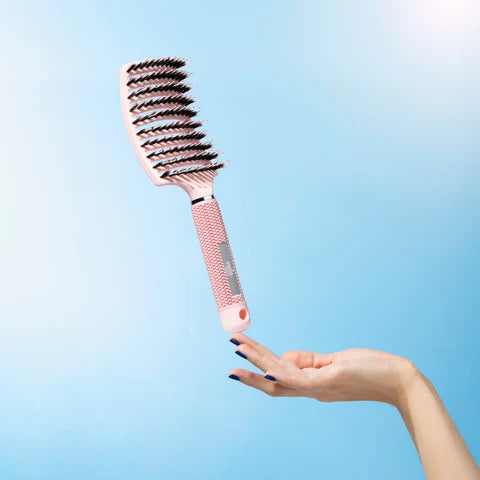5. Stove anti-inflammatory
Inflammation plays an important role in many chronic diseases, including heart disease, cancer and diabetes. An anti-inflammatory diet can help reduce inflammation throughout the body and can help prevent or treat conditions that can lead to hair loss.
There are many foods that have anti-inflammatory properties. These include omega-3 fatty acids, colorful fruits and vegetables, certain herbs and spices, and probiotics. Adding these foods to your diet can help reduce inflammation.
Omega-3 fatty acids are a type of polyunsaturated fat that have anti-inflammatory effects.
Colorful fruits and vegetables are rich in antioxidants, which help protect the body from inflammation.
Certain herbs and spices, such as ginger, garlic, turmeric, cumin and cinnamon, have anti-inflammatory properties.
Probiotics are live bacteria found in fermented foods and supplements. They help maintain a healthy balance of bacteria in the gut, which can reduce inflammation.
The connection between diet and health is well established. An unhealthy lifestyle can lead to a number of chronic diseases, while a healthy diet can help prevent or manage these diseases. This also applies to alopecia, an autoimmune disease that causes hair loss. Although there is no guarantee that following an anti-inflammatory diet will always be an effective treatment for alopecia areata, it can certainly help improve your overall health.
6. Essential oils
Some essential oils are anti-inflammatory and can help treat alopecia areata by reducing inflammation. You can use essential oils topically or inhale them (via an oil burner), or you can add the oils to shampoo or other products.
7. Take care of the hair you have
If you are affected by Alopecia, it is important to treat your remaining hair well so that you minimize the stress on your hair. You can do this via silicone and sulfate-free hair products, among other things. This will mean that your hair strands will not be closed in the same way and means that your hair has a better absorption of the nutrients you get from shampoo, hair treatment or conditioner.
Frederikke's story with Alopecia
Frederikke had been through a stressful situation at work that triggered her alopecia. Her experience of the situation was as follows: ‘My journey with alopecia has been insanely hard! It was very sudden - one day in May 2023 I could see a small bald spot on the top of my head. I remember panicking a bit. I went to the doctor and was diagnosed with stress and Alopecia. The spot got bigger, and suddenly one day in August I noticed another spot on the back of my head, and they both grew bigger and bigger. ‘
The progression of alopecia affected her greatly not only physically but also emotionally. It affected her self-confidence and she often had to wear a cap or bandana in public because she was sad about her hair.

Fortunately, we were able to help Frederikke with her hair. She used our Hair Vitamins and Grow and Glow range for 4 months and saw a big improvement in her hair. She says herself: ‘I didn't lose as much hair anymore and my scalp quickly became balanced. To this day, my scalp doesn't hurt anymore and my hair is much healthier! It's denser, longer and shinier! The little hairs are no longer small, but a good 11-12 cm long! It therefore blends in well with the rest of my hair and I don't even notice it anymore. I can and will recommend Yuaia's products at any time! They have helped me get my hair and scalp back in balance and given me a sense of calm. I used to think I might go completely bald, but Yuaia has worked miracles!’

We are so happy to be able to help Frederikke with her Alopecia! Every day we help thousands of women with their hair, no matter how big or small their problem is.
 2-5 day delivery
2-5 day delivery
 25.000+ satisfied customers
25.000+ satisfied customers
 Satisfaction Guarantee
Satisfaction Guarantee























